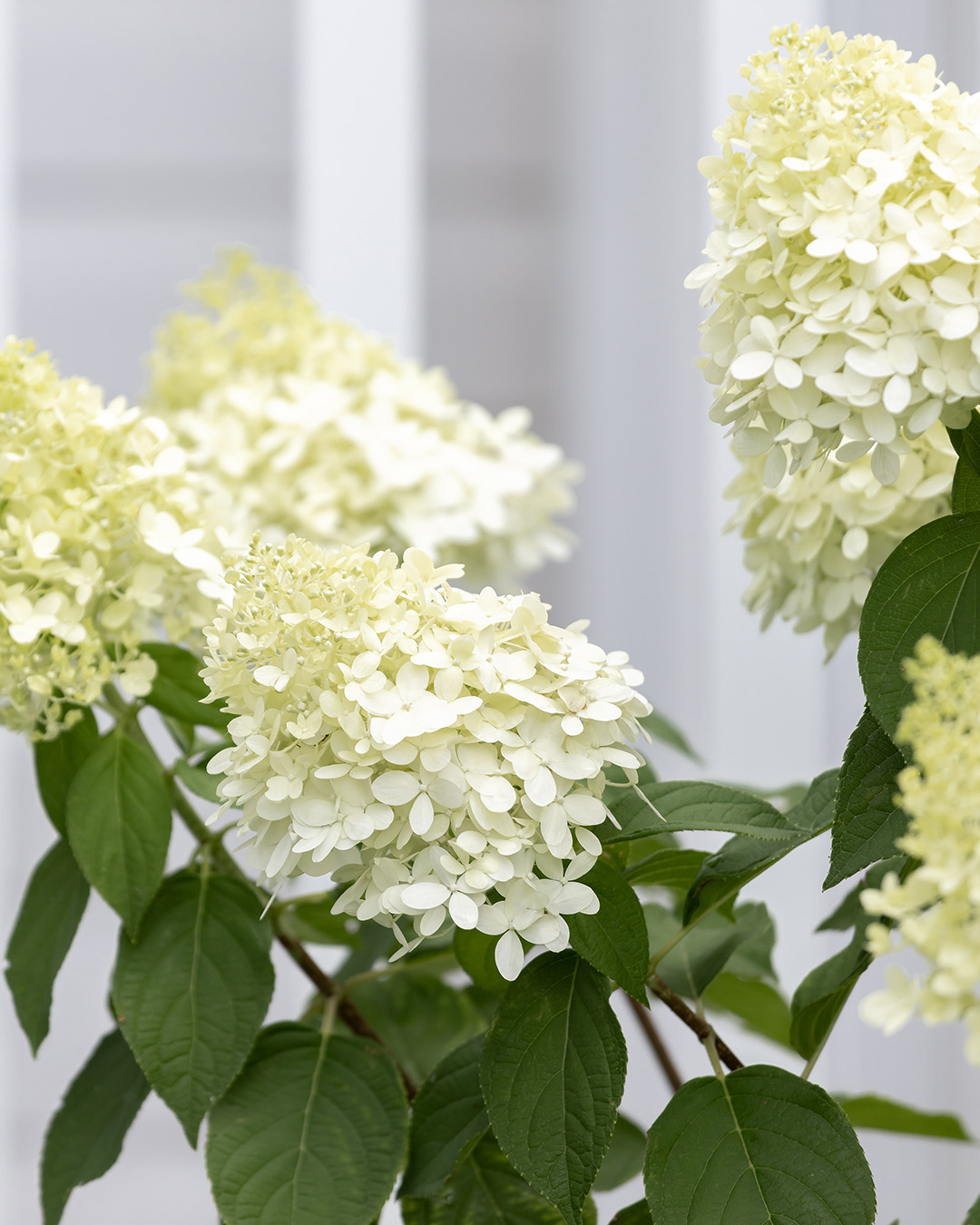Rumored Buzz on Hydrangea Leaves Turning Yellow
Wiki Article
4 Simple Techniques For Hydrangea Leaves Turning Yellow
Table of ContentsThe Ultimate Guide To Hydrangea Leaves Turning YellowThe smart Trick of Hydrangea Leaves Turning Yellow That Nobody is DiscussingThe Single Strategy To Use For Hydrangea Leaves Turning YellowHydrangea Leaves Turning Yellow for Beginners
Hydrangea plants are known for their lovely blooms, however often their fallen leaves can transform yellow. This is generally an indication that something is wrong and the plant needs your aid. There are numerous possible sources of yellow leaves on Hydrangeas, and thankfully a lot of them are simple to fix. Right here we'll cover one of the most common root causes of Hydrangea leaves turning yellow and how to repair them.Hydrangea leaves transforming yellow can be a cause for problem. Hydrangea leaves commonly turn yellow when the plant is overwatered.
When the roots of a plant are immersed in water for lengthy periods, they start to stifle and rot. This procedure cuts off the roots' oxygen supply, creating the leaves to turn yellow and ultimately pass away. Overwatering can also lead to other problems such as fallen leave decrease, origin damage, and fungal growth.
If you assume your Hydrangea is overwatered, the finest solution is to let the dirt dry out completely before sprinkling again. It's also a good idea to examine the water drainage of your pot or garden bed and see to it that water is not pooling around the plant's origins. Hydrangea plants need well-drained dirt to grow.
Everything about Hydrangea Leaves Turning Yellow
You should also guarantee that you are not watering your Hydrangea frequently. Watering as soon as a week need to be enough, and regularly if the weather is warm and completely dry. Hydrangea leaves can also turn yellow if the plant is not getting enough water. This occurs when the plant does not receive sufficient water, and the soil starts to dry out.
This is recognized as "plant food burn," It occurs when the plant's origins are subjected to too much fertilizer. Other indications of fertilizer shed include brown or yellow fallen leaves, wilting, and stunted development.
This will certainly help remove any excess fertilizer from the roots of the plant. It's additionally a great concept to minimize the amount of fertilizer you are making use of.
Not known Details About Hydrangea Leaves Turning Yellow

If your Hydrangea is plagued with pests, dealing with the plant with neem or horticultural oil is the ideal remedy. It's additionally great to get rid of any kind of damaged fallen leaves from the plant (Hydrangea Leaves Turning Yellow).
Hydrangea leaves can likewise turn yellow if the temperature level stresses the plant. The fallen leaves of the plant will turn yellow and begin to drop off.
If the temperature level worries your Hydrangea, you need browse around these guys to relocate the plant to a location where it will certainly be protected from the extreme chilly or warm. You can additionally attempt to offer the plant with some partial shade if exposed to direct sunshine. You can likewise try adding compost around the plant base to aid regulate the temperature.
Excitement About Hydrangea Leaves Turning Yellow
When the plant's roots are submerged in water for too long, they begin to rot. One see page of the most common origin rot symptoms is yellowing leaves, as the fungus prevents the roots from soaking up nutrients from the soil.Other indicators of origin rot include stunted development, wilting, and fallen leave decrease. Examine the origins of browse around this web-site your Hydrangea if it has root rot. If they are black or brown, then they are probably rotten. If some healthy and balanced origins are left, you can try to save the plant by replanting it in a new pot with fresh dirt.
If your Hydrangea is greatly influenced by root rot, beginning with a brand-new plant is best. As Hydrangeas age, their leaves will slowly turn yellow and brown prior to falling off the plant.
You can assist the plant by guaranteeing it is getting adequate water and nutrients. One opportunity is that the plant is not obtaining enough water.
Report this wiki page